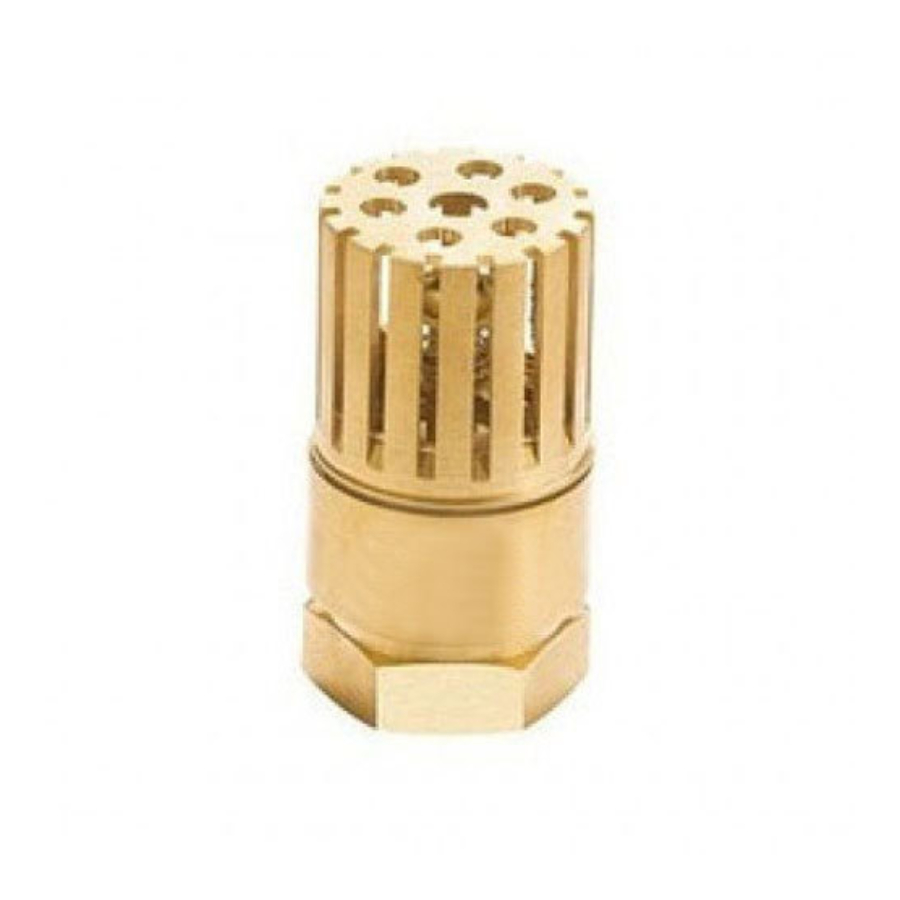Foot Valve
₹208.00 – ₹1,376.00
GST @18% Inclusive Price: ₹245.44
GST @18% Inclusive Price: ₹245.44
GST @18% Inclusive Price: ₹264.32
GST @18% Inclusive Price: ₹330.40
GST @18% Inclusive Price: ₹811.84
GST @18% Inclusive Price: ₹1,246.08
GST @18% Inclusive Price: ₹1,623.68
| Quantity | Discount | Discounted price |
| 1 - 14 | - | - |
| 15 - 50 | 5% | - |
A foot valve is a type of check valve that is typically used in a pump’s suction line to maintain the prime in the pump. It’s called a “foot” valve because it’s usually installed at the bottom or “foot” of a pipe or pump in a reservoir or well.
Here are some key points about foot valves:
- Function: The primary function of a foot valve is to allow fluid (liquid or gas) to flow in one direction only, preventing backflow. This valve opens to allow fluid into the pump when it operates and closes to prevent backflow when the pump stops.
- Design: A typical foot valve consists of a valve body with an intake port, a flapper or some form of a one-way valve mechanism, and a strainer or screen to prevent debris from entering the pump system.
- Placement: It’s placed at the end of a suction line in a reservoir, well, or other sources of fluid. The valve must be submerged or located below the level of the liquid to ensure that it remains primed, preventing air from entering the pump and causing it to lose its prime.
- Prevention of Pump Cavitation: Foot valves play a crucial role in preventing pump cavitation (formation of air bubbles in the pump due to low pressure) by maintaining a consistent flow of liquid and preventing the pump from running dry.
- Materials: Foot valves are often made from materials that can withstand the type of fluid being pumped, such as various metals or plastics. They’re designed to be durable and resistant to corrosion.
- Applications: Commonly used in various pumping systems, including water wells, irrigation systems, sump pumps, and other applications where maintaining prime and preventing backflow are essential.
Foot valves are an integral part of many pumping systems, ensuring efficient and continuous operation by maintaining the prime and preventing damage that can occur due to pump cavitation or backflow.
General
Pack of 1
Material Brass
Type Foot Valve















There are no reviews yet.